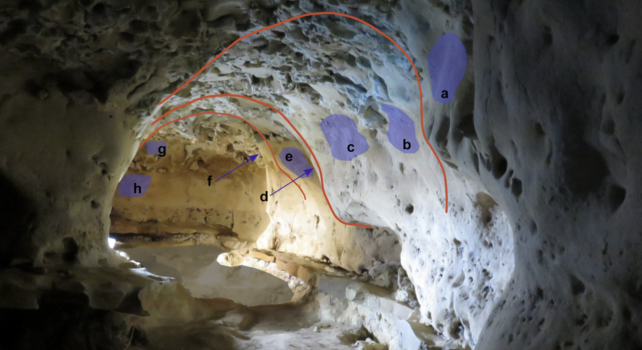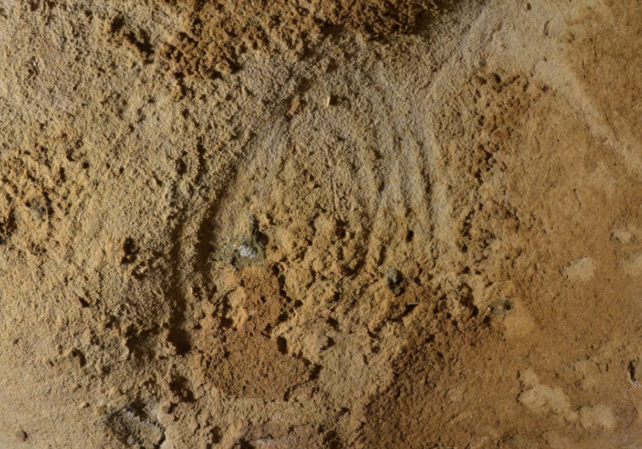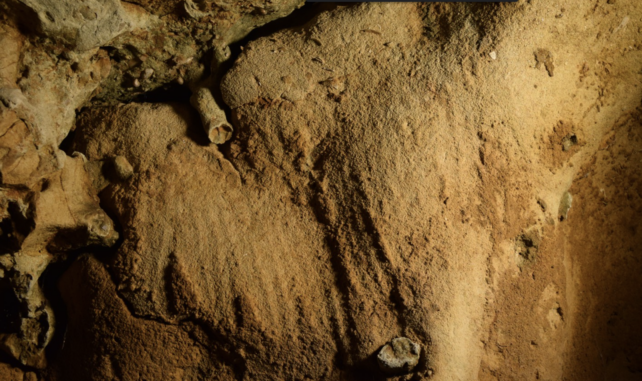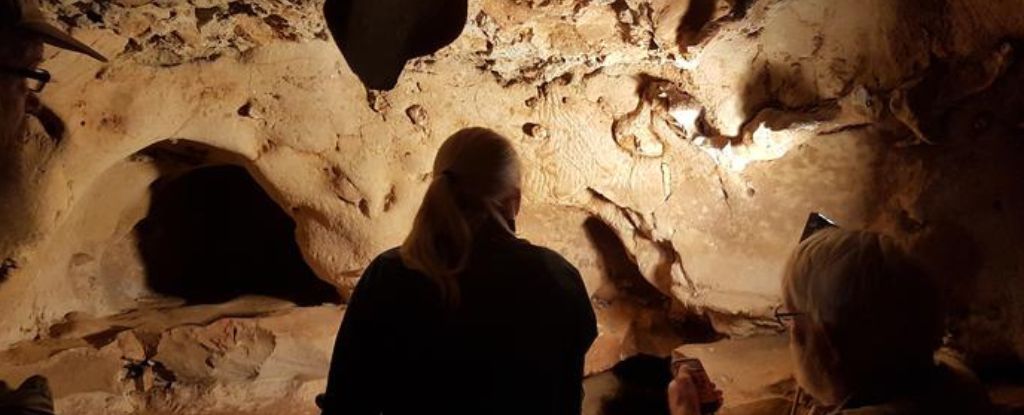Aditya Sisodia
In a remarkable discovery, a collection of ancient cave markings found in the French cave of La Roche-Cotard has been determined to be the earliest unambiguous example of Neanderthal cave engravings. The artwork, dating back as far as 75,000 years ago, provides evidence that our closest cousins, the Neanderthals, shared our innate creativity and desire for self-expression.
Archaeologist Jean-Claude Marquet and his team from the University of Tours, France, analysed the sediment that once covered the cave’s entrance and found that the artwork was sealed off from the outside world approximately 51,000 to 57,000 years ago. The chambers remained hidden until the beginning of the 20th century when the entrance was rediscovered, unveiling the long-held secrets within.

The engravings found in the La Roche-Cotard cave are believed to have been created by Neanderthals as they lived in the region from about 100,000 to 65,000 years ago, as suggested by artefacts found in and around the cave. While the finger drawings on the cave walls do not depict recognisable figures such as animals or plants, they represent a significant milestone in the history of art.
Compared to the figurative art created by Homo sapiens, the earliest known examples of which date back about 45,000 years, the abstract nature of the Neanderthal engravings makes determining the beginning of abstract art more challenging. However, the markings cataloged in the La Roche-Cotard cave, consisting of elongated or dotted, spatially organised marks, appear to have been made intentionally by hominins.
The depth, shape, and organisation of the marks differentiate them from scratches made by animals. Thinner, deeper, and V-shaped marks attributed to animal claws contrast with shallower and U-shaped marks consistent with the morphology of fingertips or similarly shaped tools. By manipulating the light, porous rock, the cave’s inhabitants created smooth and regular grooves, suggesting a deliberate and conscious effort.

The engravings in the cave encompass various patterns and compositions. Some markings seem to emphasise the presence of specific objects, such as a buried bivalve shell, while others form circular or triangular arrangements. The designs appear to be more graphic than functional, indicating an organised and deliberate composition driven by conscious design and intent.

Although the exact meanings behind these ancient engravings remain unknown, mounting evidence suggests that Neanderthals possessed artistic capabilities beyond what was previously believed. Examples such as the Mask of la Roche-Cotard, a contentious object resembling a face, and bone carvings found in Germany dating back around 51,000 years, challenge the notion that Neanderthals were devoid of artistic expression.
Furthermore, discoveries of red-painted cave walls and hand stencils in Spain, dating back over 60,000 years, have led some scientists to argue that they too may have been created by Neanderthals. Even the use of red ochre paint, discovered as far back as 250,000 years ago, indicates the early artistic inclinations of our ancient relatives.
Archaeologist Dirk Leder has proposed that Neanderthals might not be the earliest hominins capable of expressing themselves through abstract art. Evidence suggests that Homo erectus may have engraved shells with abstract patterns in Java, Indonesia, as far back as 500,000 years ago, adding further complexity to the understanding of early artistic expression.
While debates and discussions continue among archaeologists and experts, these discoveries highlight the artistic potential and creativity inherent in our ancient ancestors. As we explore the depths of our past, it is crucial to approach the study of art with an open mind, allowing for new interpretations and discoveries that challenge our preconceived notions of human artistic development.
Feature Image Courtesy: Kristina Thomsen

Contributor





